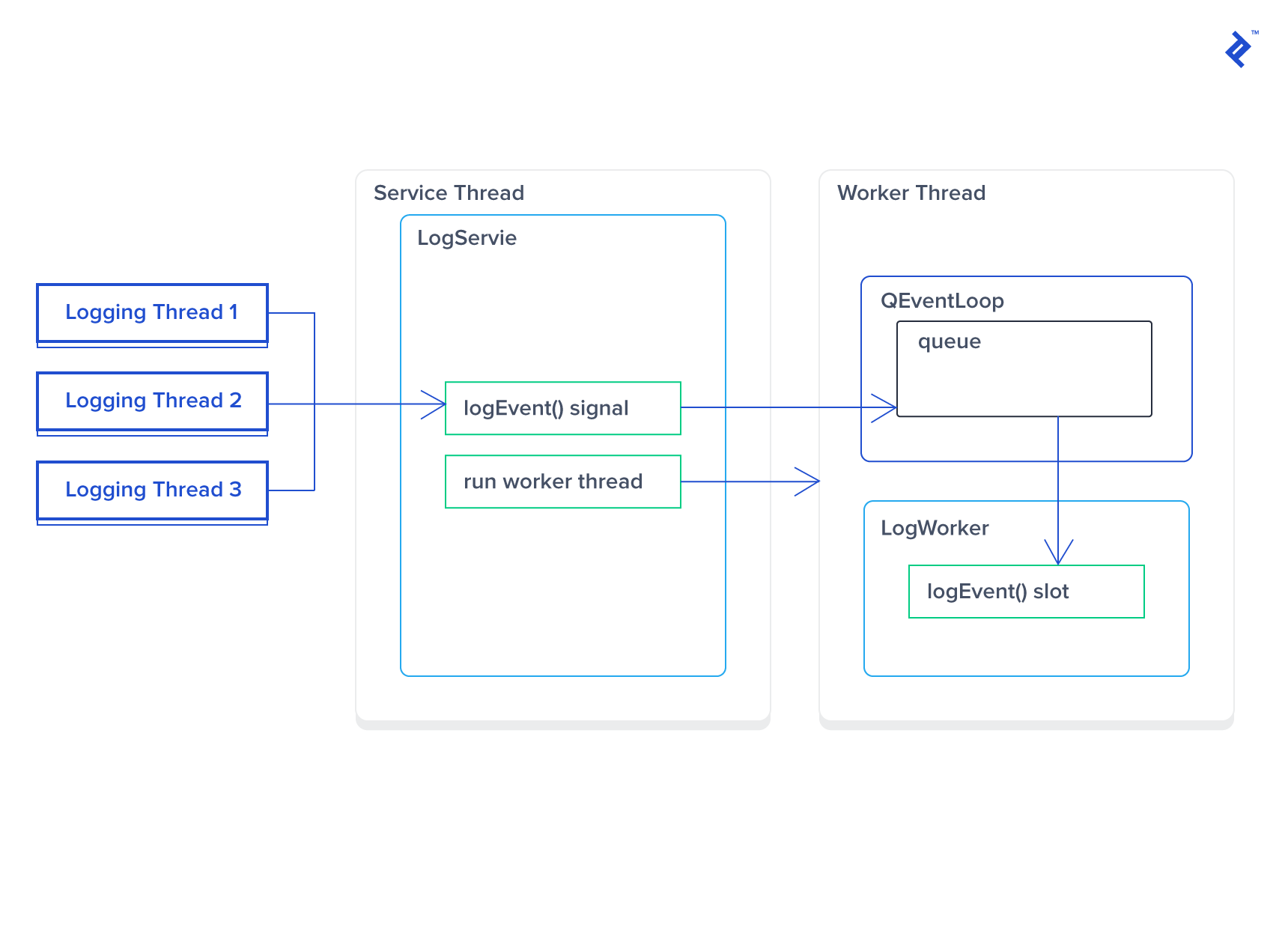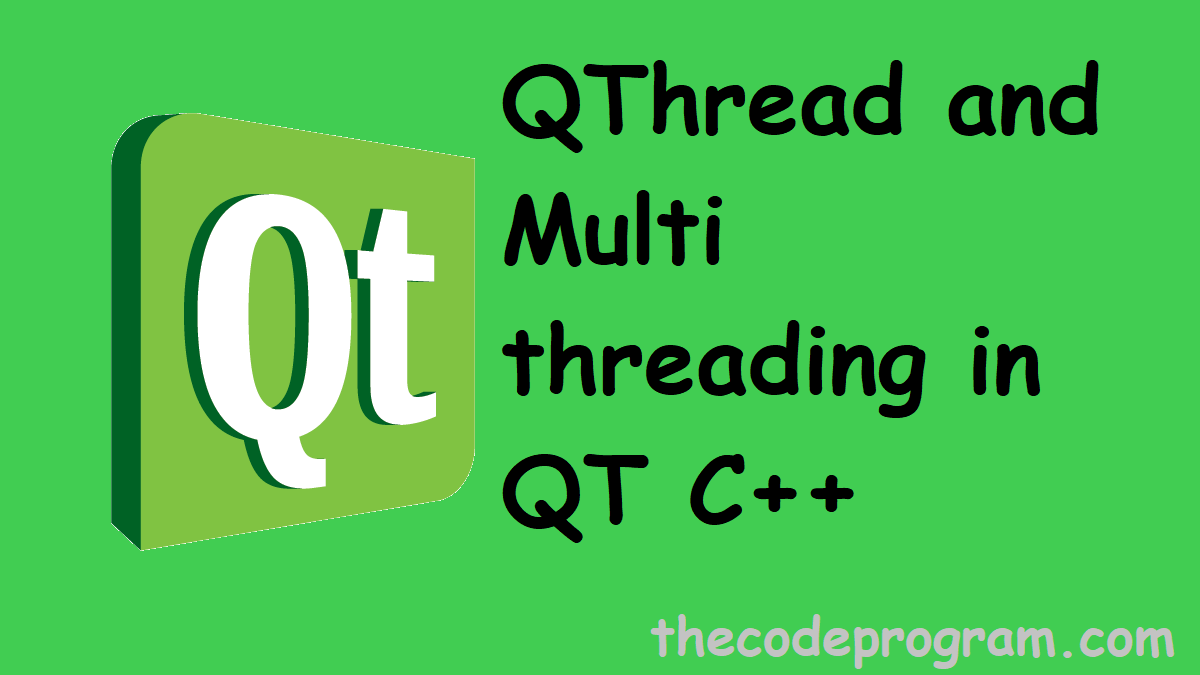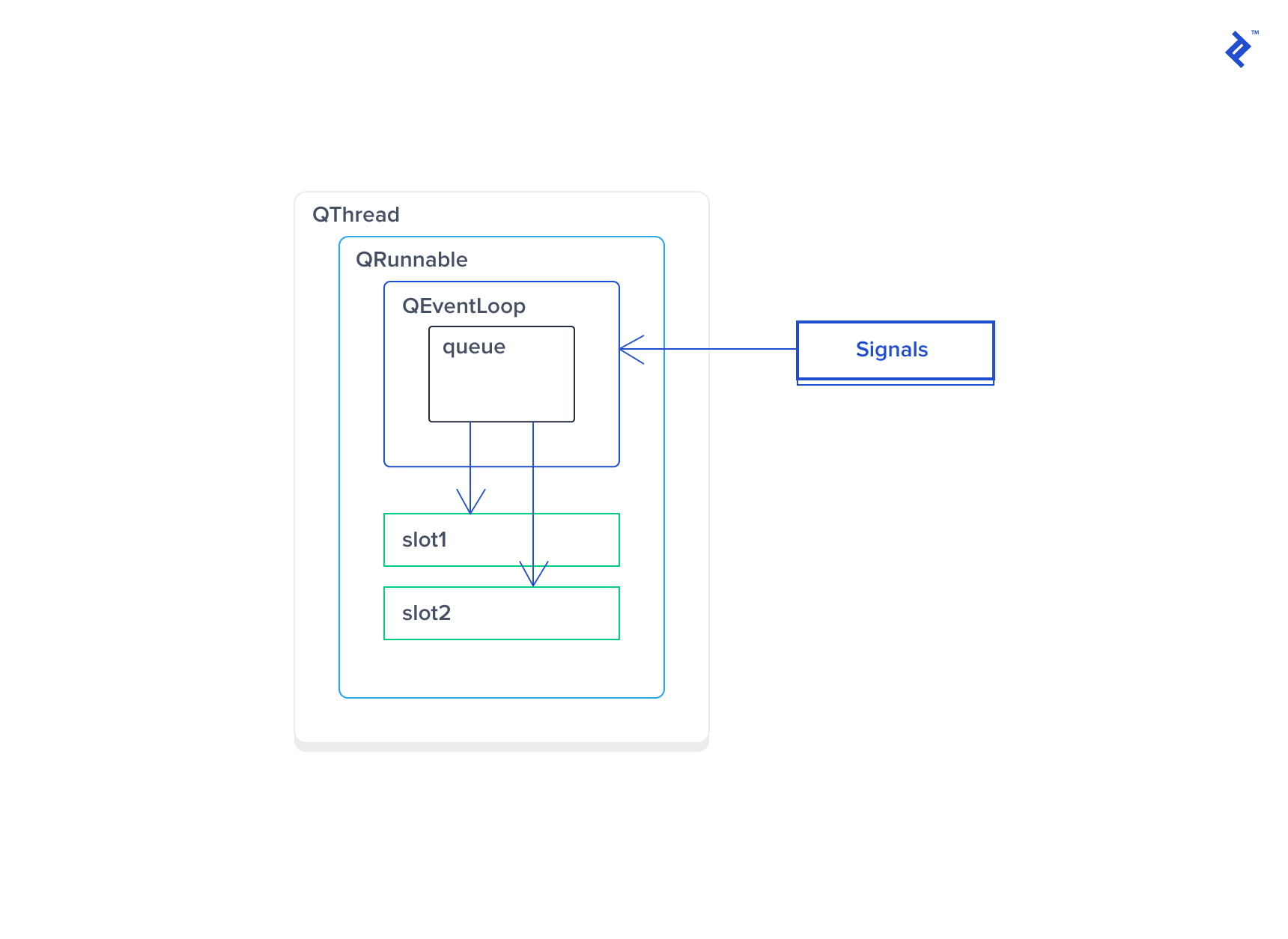Graphical applications (GUI) are event-driven, unlike console or terminal applications. A users action like clicks a button or selecting an item in a list is called an event.

If an event takes place, each PyQt5 widget can emit a signal. A signal does not execute any action, that is done by a slot.
Related course:
Create GUI Apps with PyQt5
Signals and slot introduction
Consider this example:
Cross-thread signal-slot connections are implemented by dispatching a QMetaCallEvent to the target object. A QObject instance can be moved to a thread, where it will process its events, such as timer events or slot/method calls. To do work on a thread, first create your own worker class that derives from QObject. Then move it to the thread. Qt/C - Lesson 048. QThread — How to work with threads using moveToThread. In a previous article we are only a little touch to working with threads, and in the version that is more for the customization of thread, although it can be used to perform o.
- As timer and worker live in different threads, their connection type is queued connection. The slot get called in its living thread, which is the sub-thread. Thanks to a mechanism called queued connections, it is safe to connect signals and slots across different threads.
- More interesting is Jul 14, 2015 This wrapper provides the signals, slots and methods to easily use the thread hand history pokerstars mac object qt signal slot qthread within a Qt project.9 Mar 2017 Qt automatically breaks a signal/slot connection if either the sender or or QThread::exec in another thread, or using QEventLoop, and so on.

The button click (signal) is connected to the action (slot). In this example, the method slot_method will be called if the signal emits.

This principle of connecting slots methods or function to a widget, applies to all widgets,
or we can explicitly define the signal:
PyQt supports many type of signals, not just clicks.
Example
We can create a method (slot) that is connected to a widget. A slot is any callable function or method.
On running the application, we can click the button to execute the action (slot).
Qthread Slot
If you are new to programming Python PyQt, I highly recommend this book.